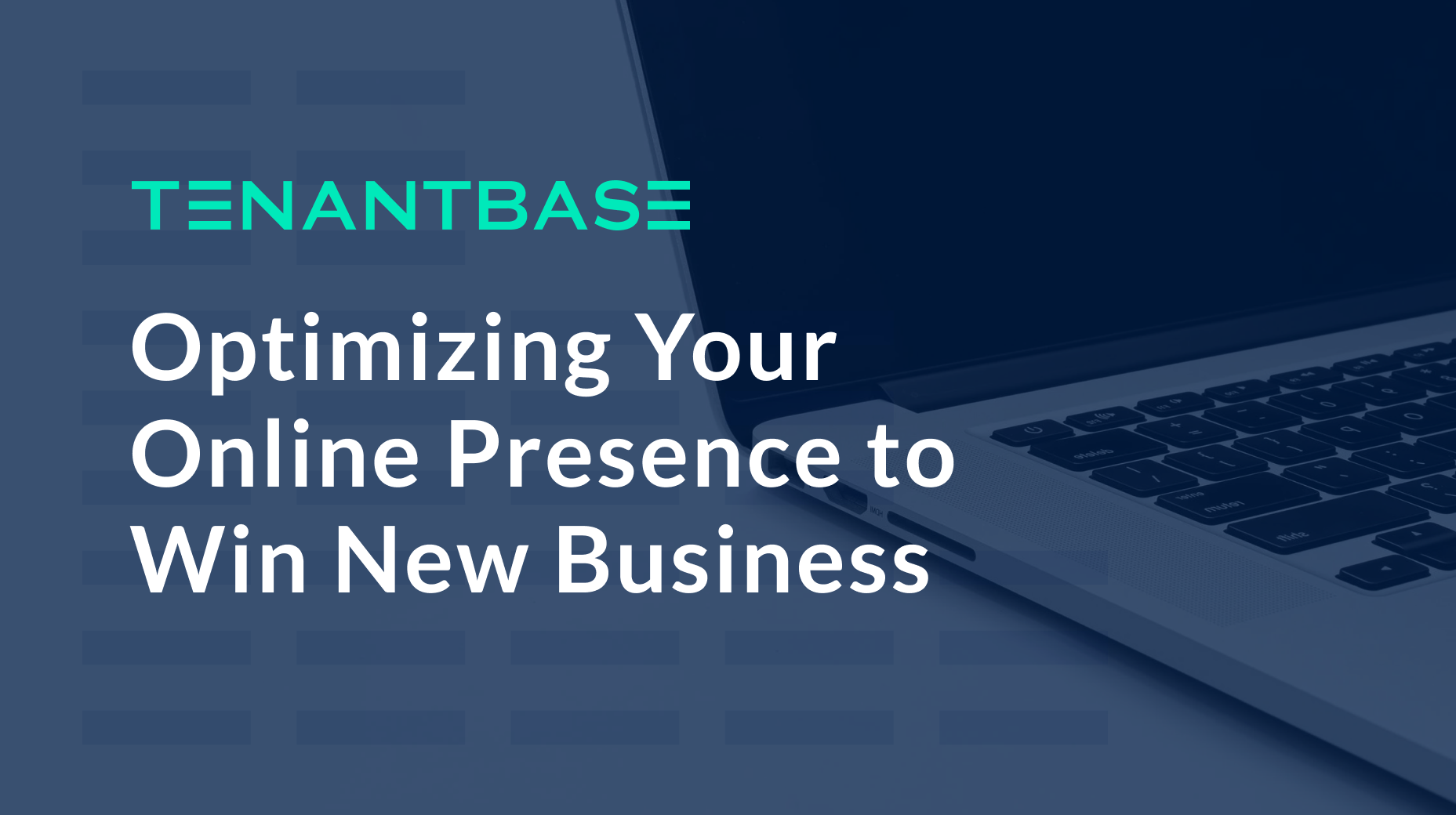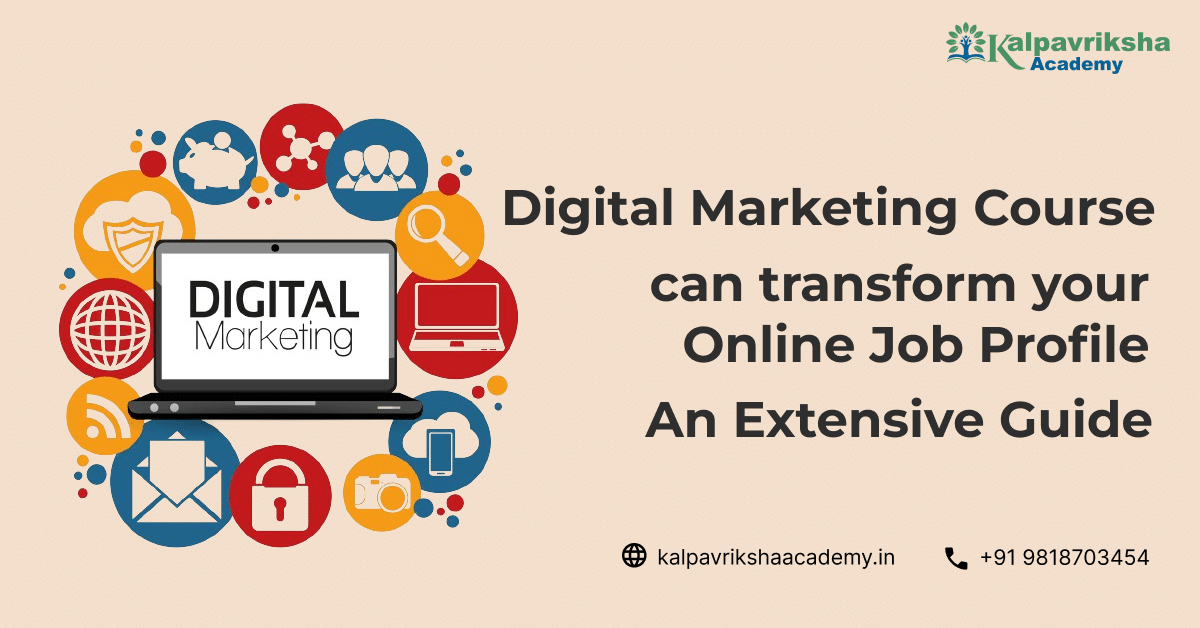Crafting a Winning Online Job Profile: A Guide to Maximizing Your Digital Presence
Related Articles: Crafting a Winning Online Job Profile: A Guide to Maximizing Your Digital Presence
Introduction
In this auspicious occasion, we are delighted to delve into the intriguing topic related to Crafting a Winning Online Job Profile: A Guide to Maximizing Your Digital Presence. Let’s weave interesting information and offer fresh perspectives to the readers.
Table of Content
Crafting a Winning Online Job Profile: A Guide to Maximizing Your Digital Presence

The online job market is a competitive landscape, demanding a strategic approach to showcase your skills and experience. Your online profile, whether on a job board, professional networking platform, or freelance marketplace, serves as your digital resume, acting as the first point of contact for potential employers. A well-crafted profile is not merely a listing of qualifications; it is a compelling narrative that highlights your value proposition and attracts relevant opportunities. This article delves into the essential elements of crafting a successful online job profile, emphasizing the importance of clarity, accuracy, and targeted messaging.
Understanding the Purpose:
An online job profile serves multiple purposes:
- Visibility: It makes your profile readily discoverable by recruiters and employers searching for specific skillsets.
- First Impression: It acts as your initial introduction, offering a concise summary of your professional background and capabilities.
- Brand Building: It allows you to establish your professional brand, showcasing your personality, values, and expertise.
- Networking: It facilitates connections with other professionals in your field, opening doors to potential collaborations and opportunities.
Essential Elements of a Successful Online Job Profile:
1. Headline:
- Concise and Catchy: Your headline should be a brief and impactful statement that captures your primary expertise or career objective.
- Keywords: Incorporate relevant keywords that align with your desired roles or industries. This aids in search engine optimization (SEO) and increases your visibility.
- Value Proposition: Highlight a unique skill or accomplishment that sets you apart from other candidates.
Example:
- "Experienced Web Developer | React & Node.js | Building Scalable Solutions"
- "Content Marketing Specialist | SEO & Social Media | Driving Traffic and Engagement"
- "Data Analyst | Python & SQL | Transforming Data into Actionable Insights"
2. Summary:
- Personalized and Concise: Your summary is a brief overview of your professional journey, focusing on your key skills, experience, and career aspirations.
- Target Audience: Tailor your summary to the specific platform or industry you are targeting.
- Quantifiable Results: Showcase your achievements with quantifiable metrics whenever possible, demonstrating your impact and value.
Example:
- "Results-driven web developer with 5+ years of experience building and maintaining responsive websites for clients across various industries. Expertise in React, Node.js, and agile methodologies, consistently delivering high-quality solutions that meet client needs and exceed expectations."
3. Work Experience:
- Detailed and Action-Oriented: Describe your previous roles using action verbs and specific examples that highlight your accomplishments and responsibilities.
- Quantifiable Results: Use numbers and data to quantify your contributions and demonstrate your impact.
- Relevance: Focus on experiences and skills that are most relevant to your target roles.
Example:
- "Senior Web Developer | XYZ Company | 2019 – Present"
- Led the development of a new e-commerce platform, resulting in a 25% increase in online sales within the first year.
- Implemented a responsive design framework, improving website performance and user experience by 15%.
- Successfully collaborated with cross-functional teams to deliver projects on time and within budget.
4. Skills:
- Comprehensive and Accurate: List your technical, soft, and industry-specific skills, ensuring accuracy and relevance to your target roles.
- Keywords: Include keywords that are commonly used by recruiters and employers in your industry.
- Level of Proficiency: Indicate your level of proficiency for each skill, using terms like "Expert," "Proficient," or "Familiar."
Example:
- Technical Skills: HTML, CSS, JavaScript, React, Node.js, Python, SQL, Git
- Soft Skills: Communication, Teamwork, Problem-solving, Analytical Thinking, Time Management
- Industry Skills: SEO, Content Marketing, Social Media Marketing, Data Analysis, UX/UI Design
5. Education:
- Relevant and Concise: List your educational background, focusing on degrees and certifications that are relevant to your target roles.
- Key Achievements: Highlight any academic honors, awards, or relevant coursework that demonstrates your skills and knowledge.
- Continuing Education: Mention any ongoing training or certifications that keep you up-to-date with industry trends.
Example:
- Master of Science in Computer Science | University of California, Berkeley | 2018
- Bachelor of Arts in Communication | Stanford University | 2016
- Google Analytics Individual Qualification (IQ)
6. Portfolio and Projects:
- Showcase Your Work: Link to your portfolio or relevant projects that demonstrate your skills and experience.
- Relevant Samples: Choose projects that are most relevant to your target roles and showcase your abilities.
- High-Quality Presentation: Ensure your portfolio or project samples are professionally presented and easy to navigate.
Example:
- Personal Website: [Link to your website]
- GitHub Repository: [Link to your repository]
- Freelance Projects: [Link to your freelance work]
7. Certifications and Licenses:
- Industry Recognition: List any relevant certifications or licenses that demonstrate your expertise and professional credentials.
- Up-to-Date Information: Ensure your certifications are current and reflect your latest training and knowledge.
- Value Proposition: Highlight the benefits of your certifications, such as increased credibility or specialized skills.
Example:
- Certified Scrum Master (CSM)
- Google AdWords Certified Professional
- Certified Data Analyst (CDA)
8. Recommendations and Endorsements:
- Professional Validation: Solicit recommendations from previous employers, colleagues, or clients who can attest to your skills and work ethic.
- Targeted Recommendations: Encourage recommenders to highlight specific skills or experiences that are relevant to your target roles.
- Credibility and Trust: Recommendations add credibility to your profile and build trust with potential employers.
Example:
- "John Doe, CEO of XYZ Company, has worked with [Your Name] for 5 years and highly recommends their skills in web development, project management, and communication. [Your Name] consistently exceeded expectations and delivered high-quality results."
9. Contact Information:
- Professional and Up-to-Date: Provide accurate and professional contact information, including your email address, phone number, and relevant social media links.
- Privacy and Security: Consider the privacy implications of sharing your personal information and adjust accordingly.
- Accessibility: Make sure your contact information is easily accessible and visible on your profile.
Example:
- Email: [Your Email Address]
- Phone: [Your Phone Number]
- LinkedIn: [Your LinkedIn Profile URL]
10. Personalization and Branding:
- Authenticity: Let your personality and unique skills shine through in your profile.
- Targeted Messaging: Tailor your profile to the specific platform or industry you are targeting.
- Visual Appeal: Use a professional profile picture and consider incorporating visual elements to enhance your profile’s appeal.
FAQs by Online Jobs Sample Profile Description:
Q: What is the best way to optimize my online job profile for search engines?
A: Incorporate relevant keywords throughout your profile, including your headline, summary, skills section, and work experience. Conduct keyword research to identify terms commonly used by recruiters and employers in your industry.
Q: How often should I update my online job profile?
A: It is recommended to update your profile regularly, especially after completing new projects, acquiring new skills, or changing roles. Aim for at least a quarterly review to ensure your information is current and accurate.
Q: What are some common mistakes to avoid when creating an online job profile?
A: Avoid using generic language, relying solely on keywords, neglecting to proofread your profile, and forgetting to update your contact information.
Tips by Online Jobs Sample Profile Description:
- Use a professional profile picture: A high-quality, professional headshot can make a positive first impression.
- Proofread carefully: Ensure your profile is free of grammatical and spelling errors.
- Ask for feedback: Have a trusted colleague or friend review your profile for clarity and effectiveness.
- Track your results: Monitor your profile views and applications to assess its effectiveness and make adjustments as needed.
Conclusion by Online Jobs Sample Profile Description:
A well-crafted online job profile is a powerful tool for showcasing your skills and experience to potential employers. By understanding the purpose of your profile, incorporating essential elements, and adhering to best practices, you can create a compelling and effective digital presence that attracts relevant opportunities and advances your career goals. Remember, your online profile is a reflection of your professional brand, so invest the time and effort to make it stand out in the competitive online job market.








Closure
Thus, we hope this article has provided valuable insights into Crafting a Winning Online Job Profile: A Guide to Maximizing Your Digital Presence. We hope you find this article informative and beneficial. See you in our next article!